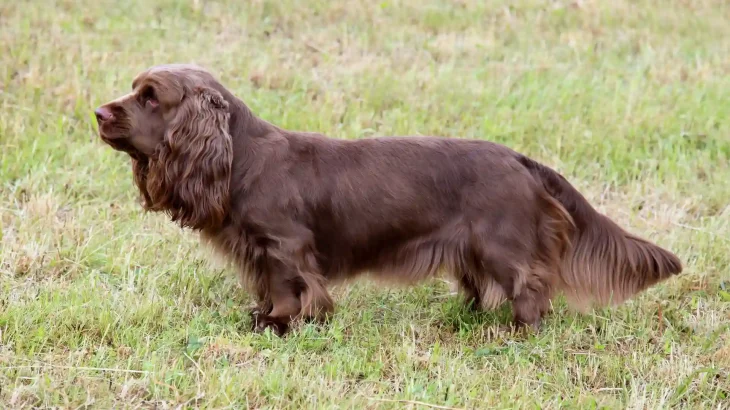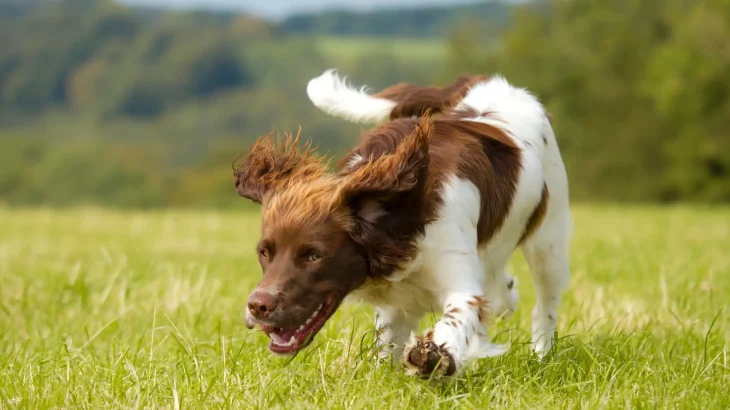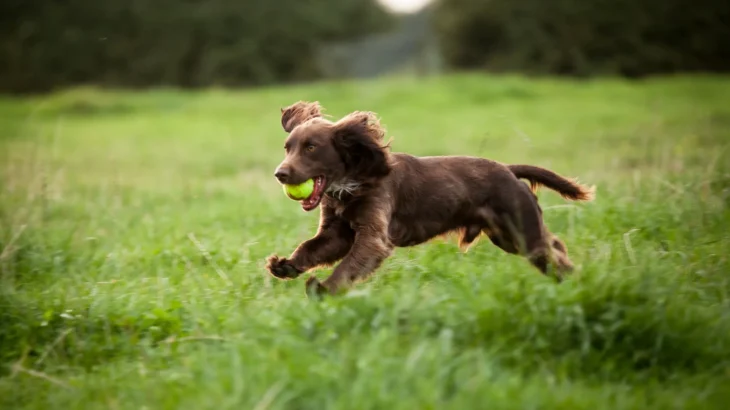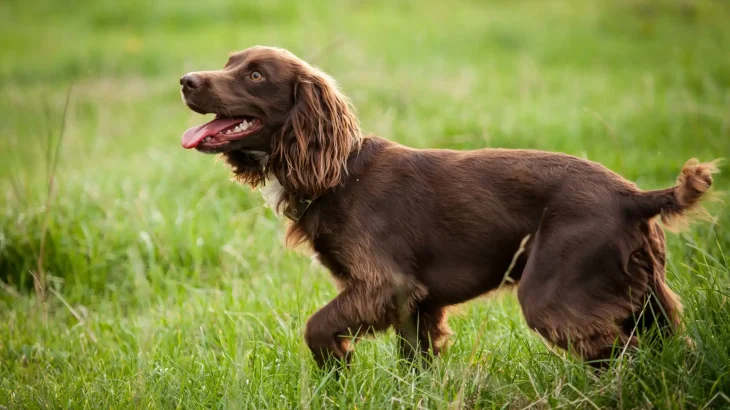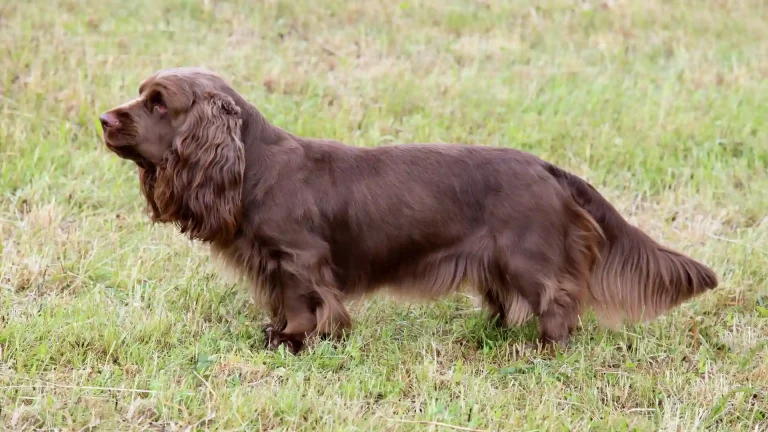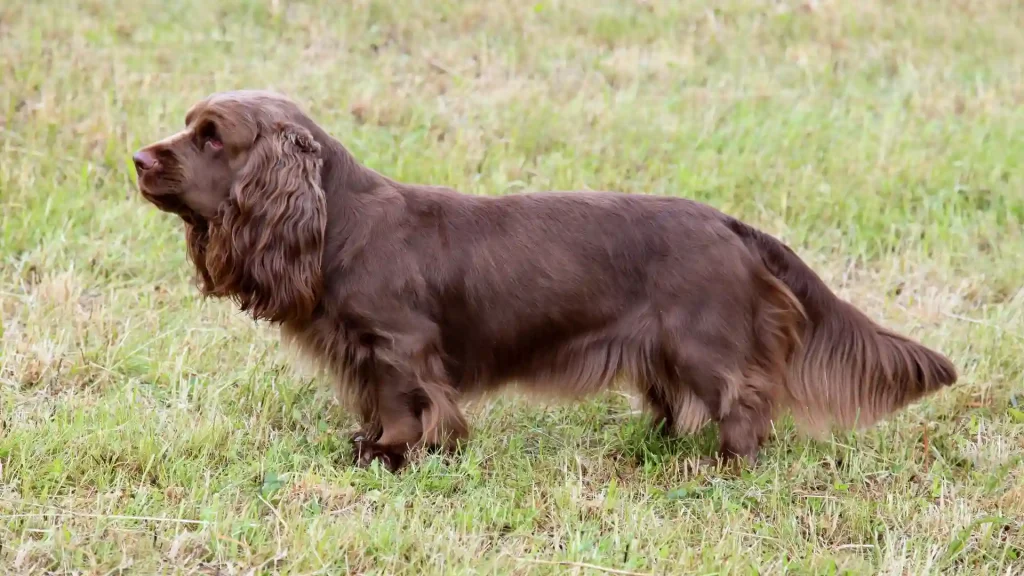Choosing between adopting or buying a Field Spaniel puppy involves weighing factors like cost, health history, and ethical considerations. Purchasing from a breeder often provides more detailed information about the puppy's pedigree and health, while adoption offers a more affordable option and supports animal welfare.
Adoption vs. Breeder: Pros & Cons
| Criteria | Buying from Breeder | Adopting from Shelter/Rescue |
|---|---|---|
| Cost | Higher initial price, reflective of purebred status and breeder overheads. | Lower adoption fees, usually inclusive of vaccinations and spaying/neutering. |
| Health History | Comprehensive health records and genetic screenings usually provided. | Basic health checks done; full history may be uncertain. |
| Age Availability | Primarily puppies, allowing a chance to raise from an early age. | Dogs of all ages available, including adults needing homes. |
| Temperament Insight | Breeders can share lineage temperament traits and socialization history. | Temperament known through shelter observations but may vary. |
| Supporting Practices | Supports responsible breeding programs; important to choose ethical breeders. | Supports animal welfare efforts by giving homes to dogs in need. |
| Ethical Considerations | Risk of unethical breeding if not carefully vetted; important to research breeders. | Helps reduce shelter overcrowding and euthanasia rates. |

